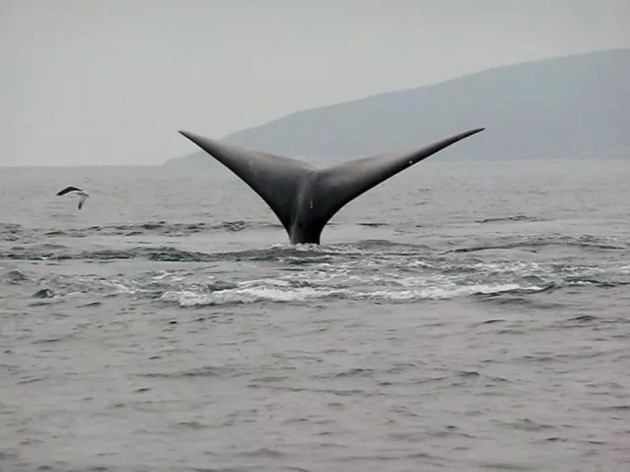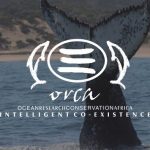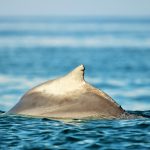When we (humans) go diving we need to take a tank of oxygen with us to stay underwater for a longer period of time. It’s not only the lack of oxygen that makes it hard to dive, it´s also the pressure that the water put on the body. For every 10 meters of water we get another atmosphere in pressure on us. This affects deep diving animals e.g. Sperm whales and Bottlenose whales. Sperm whales can dive down to 2000m which is 200 atmospheres in pressure on top of its body.
Diving to such depths can result in distortion and tissue compression. This will have a great effect on the gas filled spaces in the body. The spaces that will be affected are the middle ear, sinuses and lungs. If animals dive down too quickly or swim too fast to the surface these spaces will increase or decrease. Similar to whales, when we are diving, we have to equalize our ears and breathe out on the way up to not destroy our lungs or sinuses. This problem is solved in some diving animals by lining the middle ear cavity with flexible material (Venous Plexus) that prevents a squeeze. Most marine mammals lack sinuses so they won’t have problems with them.
The organ that is most susceptible to compression damage is the lung. Deep diving whales and seals have reinforced airways that allow the lungs to collapse during the dive, preventing damage. The collapse forces the air away from the alveoli (where the gas exchange between the lungs and blood occurs). To stop this gas exchange is important for the body as it prevent a high nitrogen blood lever to occur. “What is the problem with high blood nitrogen level?” When the level of the nitrogen is high it can give a narcotic effect (nitrogen narcosis) and the animals can start acting intoxicated. It can also create a nitrogen bubble if the animal is swimming too fast towards the surface. This bubble can appear anywhere in the body and gives decompression sickness or “the bends”. Collapsing of the lung is the only way the deep diving animals can protect themselves from these two issues.
A problem that occurs with the collapsed lung is the oxygen exchange. Since the lungs can no longer store oxygen deep diving animals need to rely on the oxygen stored in their blood and muscles. They have had several adaptations to support this. First, animals have a large volume of blood up to 4 times higher than human. Second, their concentration of hemoglobin (the oxygen transport protein in blood) is about two times higher than in humans. Third, the concentration of myoglobin (the protein that stores the oxygen in muscles) is extremely high, about 10 times higher than in human.



